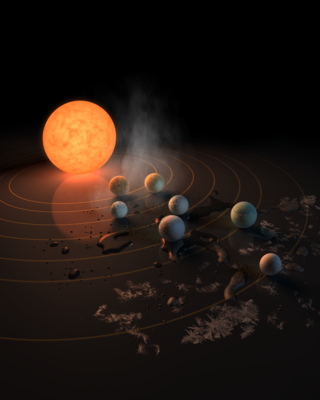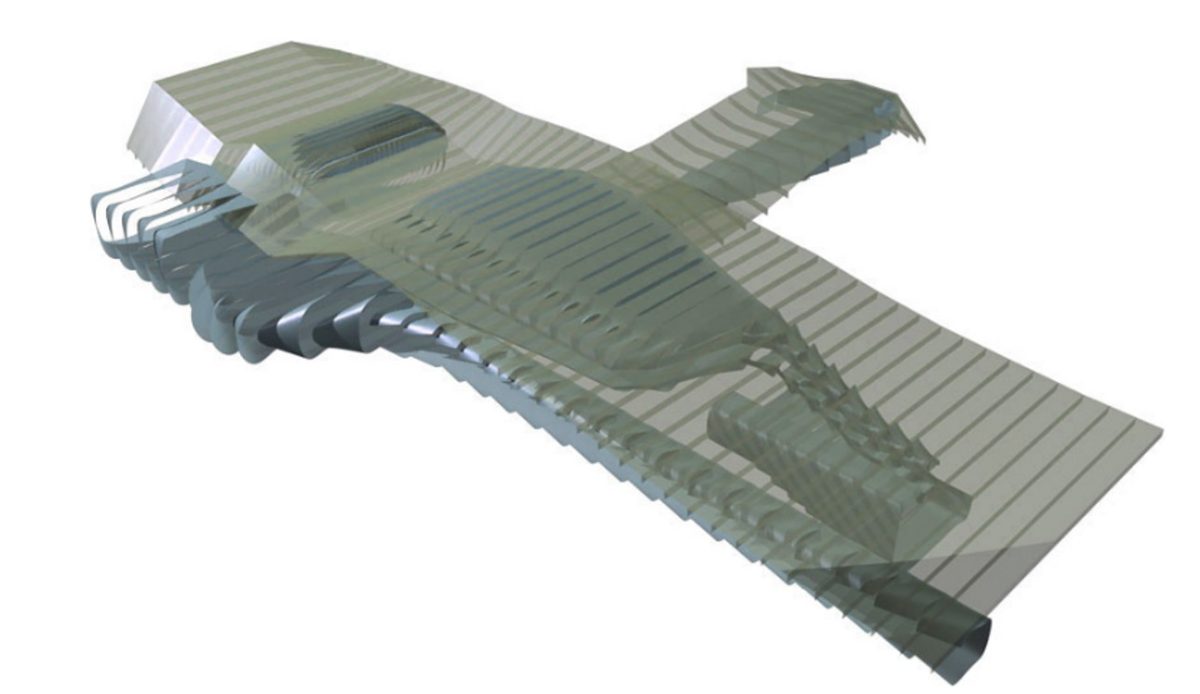By Aadhya Ramineni ’19, Contributor
Can you imagine communicating with extraterrestrial life located 39,000 light years away? In about 80 years it may be possible. With the help of the Spitzer Space Telescope, launched in 2003, NASA discovered 7 Earth-size planets that could have liquid water—the key to life as we know it—given the appropriate atmospheric conditions. The planetary system was named Trappist-1, after a telescope located in Chile which helped make the discovery. At least three of these planets are in the “habitable zone”, in which an Earth-like planet could support life.
Unlike our sun, NASA classified the Trappist-1 system’s sun as “an ultra-cool dwarf” and believes that planets orbiting closest to the sun could have liquid water and therefore life. But, intelligent life, self-aware life that uses tools and language, needs more than just water. The Earth took nearly 4 billion years to develop intelligent life. For the Trappist-1’s planets to harbor this advanced life form that shares the basic structure of human civilization, the planetary system would have to have existed for billions of years. Our Milky Way’s gigantic, hot, and fiery sun is about 4.5 billion years old, and is estimated to burn on for only 5 billion more, whereas the Trappist system’s sun is 10 times smaller, 2.5 times cooler and projected to exceed 100 billion years. Because the universe is supposed to be 13.8 billion years old, it is comparatively young.
NASA’s James Webb Telescope, launching in 2018, can detect the chemical fingerprints of water, methane, ozone, and oxygen, essential ingredients for life. Astronomers hope the telescope will detect the temperature of the planets and the chemical composition of their atmospheres. People all around the world are excited by the discovery as well as filled with curiosity about what other mysteries our solar system possesses.














